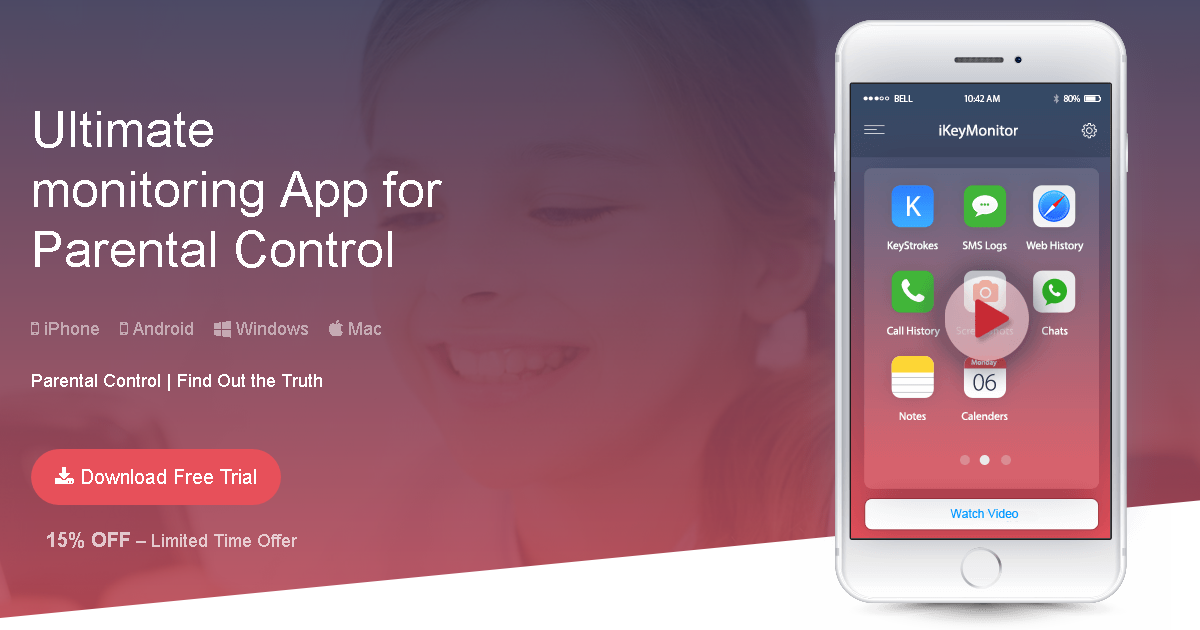

And it is, except that it’s far easier and faster to use. To many Westerners, this sounds just like PayPal. Within moments, your WeChat account has 50 RMB less, and your friend’s account has 50 RMB more. If you both use WeChat, then you can send 50 RMB from your WeChat account to your friend’s WeChat account. Your friend pays 100 RMB for dinner, and you want to split the cost. The transfer is instantaneous and free.įor example, let’s say that you go out to dinner with friends.

The moment you do that, the money disappears from your account, and appears in theirs - your phone will show that you have less, and your friend’s phone will show that they have more.

If you have 1,000 RMB in your WeChat account, then you can transfer up to 1,000 RMB to someone else with WeChat. That is: You’ll effectively be opening a new bank account with WeChat. You can then transfer money from the account on your phone to the account on someone else’s phone. The first question you might be asking is, “What does it mean to pay on my phone?” The basic idea is that you transfer money from a bank account (more on this in a bit) onto your phone. Indeed, the original version of this article indicated that WeChat was available to foreigners and AliPay isn’t this is no longer the case, and I’m updating the article to reflect that. I’m sharing my experiences here so that others can learn from them, and enjoy using phone-based payments when they’re in China. I went through a lot of pain on my way to getting phone-based payments to work. I continue to visit China every 3-5 months for work, and I can say that with great confidence that phone-based payments are convenient and great. And I didn’t have to visit an ATM even once.

Not only was it easy and fun, but it impressed the locals. This marked a sea change in my ability to get around in China. But for the longest time, I couldn’t pay with my phone to work.įinally, in August 2018, I was able to get WeChat payments to work.
#WECHAT WINDOWS STAY LOGGED IN DRIVERS#
This became increasingly problematic not only was I still going to ATMs on a regular basis, but I was getting funny looks from taxi drivers and waitresses, all of whom were disappointed that another primitive foreigner was forcing them to use cash. People use AliPay (run by Alibaba, the parent of e-commerce giant Ali Express and Tao Bao) or WeChat pay (run by Tencent, owners of the ubiquitous chat and application platform).įor at least two years, I tried and failed to get phone-based payments to work. That’s because they have gone beyond credit cards to use their phones. And indeed, whenever I would pay with such a bill, the recipient would inspect it to make sure that I wasn’t giving them a fake.įast forward several years, and I can confidently say that China won’t ever “advance” to use credit cards. I was warned to always check my 100 RMB bills, to see if they’re fake, because counterfeiting was rampant. Everything, but everything, was done in cash.Īnd thus, on those first few trips, I smugly thought to myself: I wonder when China will finally advance enough to use credit cards?Īnd so, after years of walking around with almost no cash on me, my trips to China would inevitably involve going to ATMs every 2-3 days, taking out large wads of cash, and using them for just about everything - groceries, restaurants, and taxis. But I quickly discovered that most businesses don’t take credit cards, and they certainly don’t take foreign credit cards. On my first few trips, I tried to use my credit card to pay for things - as I’m used to doing in Israel, the US, and Europe. Since 2014, I have traveled to China several times each year on business (to teach my courses in Python and data science at high-tech companies). 82 The foreigner’s guide to phone (WeChat + AliPay) payments in China


 0 kommentar(er)
0 kommentar(er)
